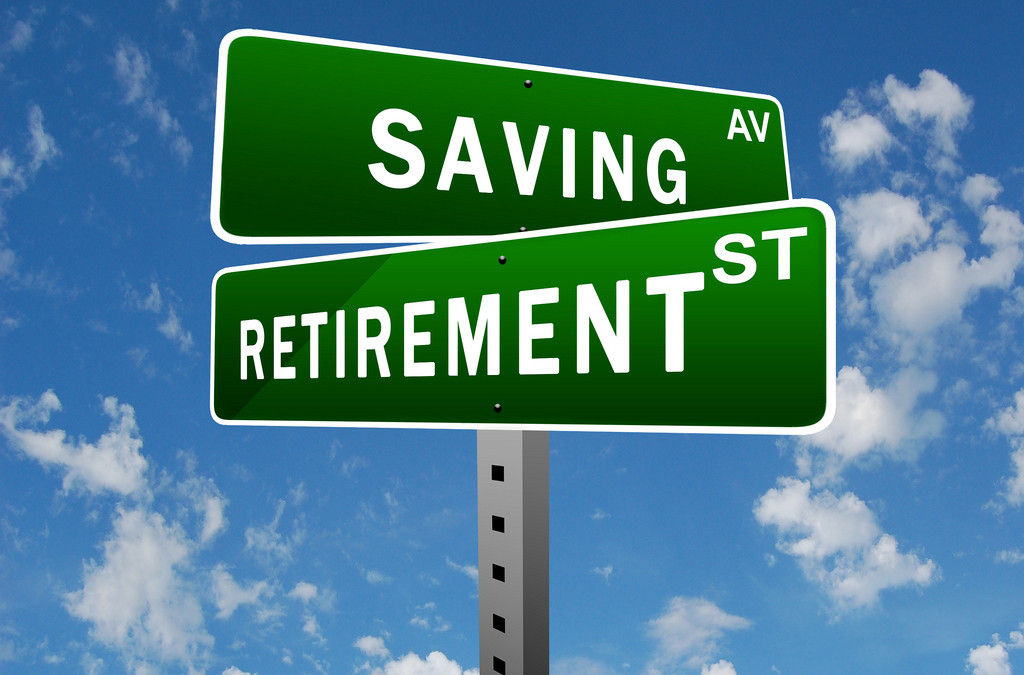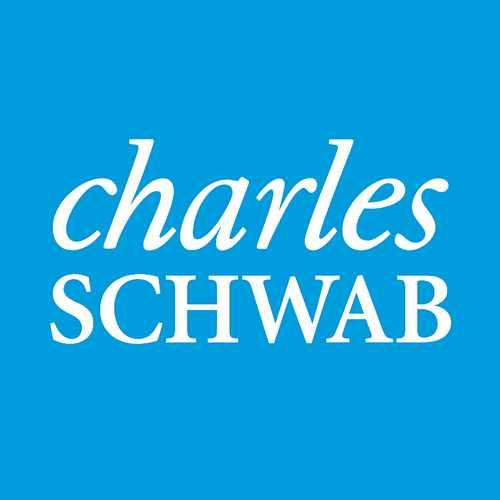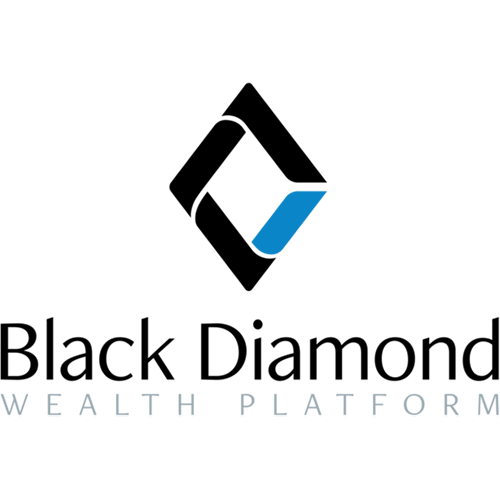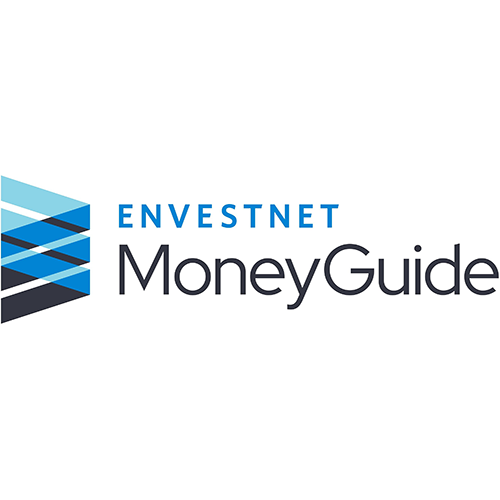Retirement readiness may be one of the most talked about concepts in the retirement plan industry over the past few years, yet many employees are not taking action. So why is this concept, which we define as the degree to which a participant is on target for meeting and maintaining income goals throughout retirement, so important? Simply put, we know employees need more help. How often do you hear an employee saying that they are over-prepared for retirement?
Let’s take a second to make this more personal. Close your eyes and envision yourself living the lifestyle you want in retirement. Does it look nice and relaxing? Now think about someone you know, and we all do, who is struggling through retirement. The latter image is why it is so important to give employees the best opportunity to succeed. As they say in retirement planning, time is on your side. However, for many, time may be working against them. We face a great challenge, but with employees, employers, service providers, and advisors working together, we can provide solutions to solve this challenge.
Below are some best practices for improving the retirement readiness outcomes for employees. Some of these may seem very simple, yet many retirement plans have not yet adopted them. For instance, the number one factor in determining retirement success, is having access to a workplace retirement plan.
Beyond simply having a retirement plan at work, a plans’ design and the savings rate are the next most critical variables in securing retirement readiness for plan participants. Automatic enrollment, annual re-enrollment, automatic savings escalation, and the attainment of savings rates of 10% or more make success much more likely when taken together. Drawing on the advice of a professional planner has also shown to have a powerful positive effect.
Technology over the last few years has drastically improved the participant experience along with providing retirement readiness metrics. Most websites allow an employee to see how different scenarios can positively or negatively affect their retirement readiness. Make sure employees are aware of these tools, and if you find that they are not, it might be a good time for an employee education meeting.
Advisors should also be looking to incorporate this new technology into their meetings. Some providers report a retirement readiness metric for the entire plan, which can help the advisor and plan sponsors really focus in on specific areas of need. Also, having a retirement readiness metric during one-on-one meetings can greatly simplify and enhance the normal 15 to 20 minute time slots.
These plan design options are best practices that our industry has adopted, but we also know that they must fit the culture and goals of the employer to be truly effective. Before implementing any of these strategies, make sure there is a plan on how to best effectively manage any changes.
While there will always be a level of responsibility on the American worker to save for their own retirement, employer sponsored retirement plans can provide them with valuable and easy to use strategies that are personalized, actionable and measurable. Stronger retirement readiness outcomes can lead to happier, more satisfied employees regardless of their age.
John Friar, AIF
Financial Consultant/ Director of Corporate Retirement Plans
Park Capital Management
JFriar@parkcapitalmgt.com





